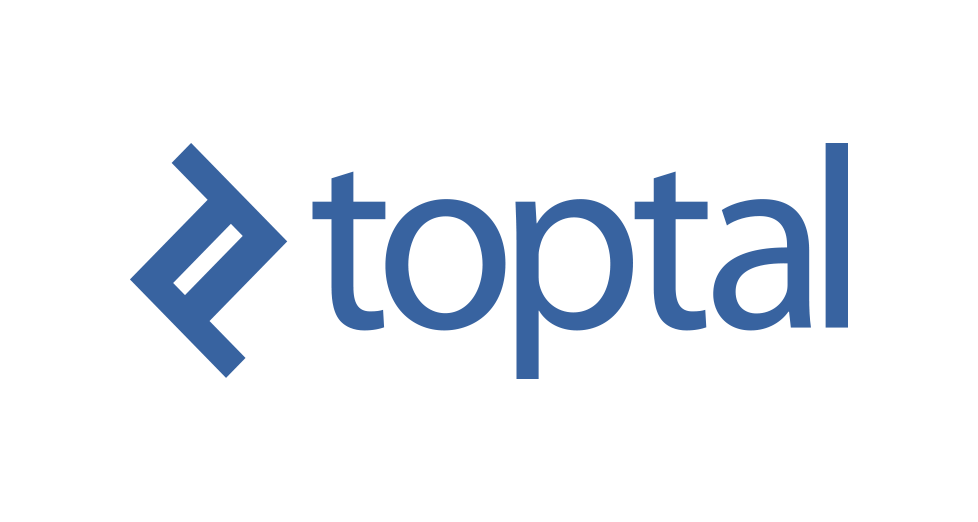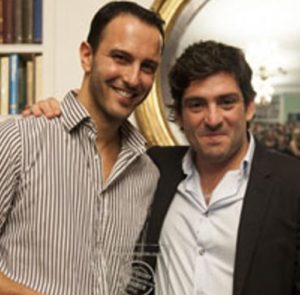TaskRabbit’s Platform Helps Getting Done Daily Chores of Household
Platforms that provide the service of freelancing have become very common among us. For the past two decades, we have been receiving an enormous response from the freelancers through these websites. But, these websites are mainly about finding skilled people in the IT sector and related departments. Most of the services are related to the sphere of digital marketing that every company needs for its operations. But, have you ever taken a pause and thought about the daily lives of people? For example, what if you have to leave for office early and had no time to go for grocery shopping? Small chores like these in our daily lives are very crucial yet with every passing day we find it difficult to make time for it. And, especially working women can understand the pressure of this who also needs to take care of a family. Leah Busque, an American entrepreneur founded TaskRabbit in 2008. She created this online marketplace to find us freelancers who are up for doing normal daily chores. The platform connects the user to the freelance labor who is willing to do jobs like cleaning, delivery services, etc. TaskRabbit’s headquarters is currently based in San Francisco, California. To date, it serves more than 60 cities in different countries.
Leah Busque
Leah was born on 15th November 1979. She went to Sweet Briar College to acquire her bachelor’s degree in Computer Science and Mathematics. She graduated in 2001. Leah worked at IBM before founding TaskRabbit. She served as the CEO of the company from 2008 to 2016. Leah successfully expanded the company’s services to 44 different cities. In 2016, her position changed to Executive Chairwoman of the company.
She became the General Partner at FUEL Capital in 2017. Currently, she lives in the San Francisco Bay Area. Leah has two children.
How did it start?
The idea of creating such a platform to help common people with their daily life chores is very innovative. It is simple but not everyone thinks of it. When Leah thought about it she was still working at IBM. It was one fine night that she along with her husband was going out for dinner. But, unfortunately, she had a pet dog to feed and was out of dog food.
This is how the idea to create an online network came into her mind. A platform where they can state their needs and someone will take up the job and they will be paid. Both, Leah and her husband were into technology so the later part of the founding story isn’t that tough. Everything happened so quickly that before the couple stepped out for dinner, Leah bought the domain Runmyerrand.com.
The Next Step
Leah started working in it from the very second the idea crossed her mind. She took this seriously and left her job after four months. They applied in an incubator program in 2009 and became one of the 25 companies that were invited to participate. It went well and they were able to raise $1.8 million as the seed funding. It took some time to build everything starting from the UI to the payment platform. After a few tests, the company hired its first full-time employee, Brian Leonard.
The Success
In April 2010, Leah finally changed the name of the company to TaskRabbit. Initially, the office of the company was situated in Boston which moved to San Francisco Bay Area in 2010. Next year, the company raised $5 million in Series A funding led by Shasta Ventures, First Round Capital, Baseline Ventures, etc. By this time the company had 13 employees and nearly 2,000 “runners”. By the end of 2011, TaskRabbit raised another $17.8 million in Series B funding.
In 2012, the company expanded its services to New York City, Chicago, Los Angeles, Illinois, etc. Next year, TaskRabbit hired Stacey Brown-Philpot as the first COO of the company. In 2016, she became the CEO of the company and currently holds the same position. In 2015, the number of freelance labor turned out to 15,000. Gradually, the services were expanded to 47 cities of the U.S., 4 cities of the U.K., and 1 Canadian city.
In 2017, IKEA Group announced the acquisition of the company. It declared the company would continue to operate independently. Currently, there are 60,000 workers that are finding jobs through the platform of TaskRabbit.

Annasha Dey is an NIT student, who apart from studying engineering is also a content writer. She has a great interest in photography, writing, reading novels, and travelling as well. She is a foodie who loves socializing and hanging out with her friends. She is also a trained Kathak dancer and a big fashion enthusiast. Dey also loves watching TV series, which includes F.R.I.E.N.D.S. and Big Bang Theory. To be a better writer she prefers to read more




